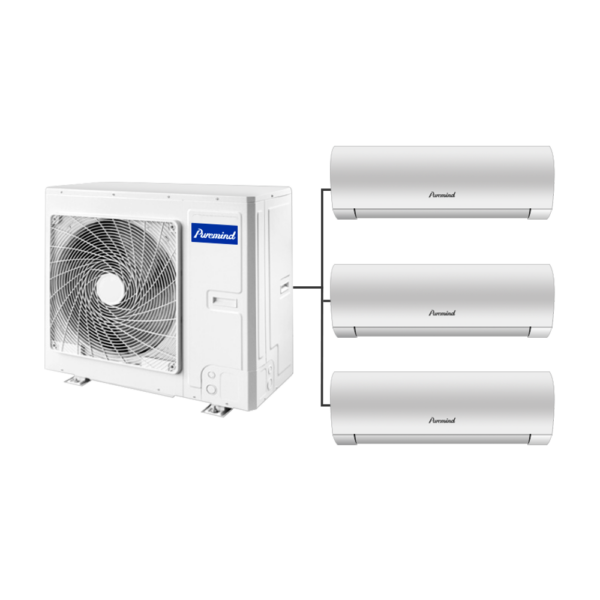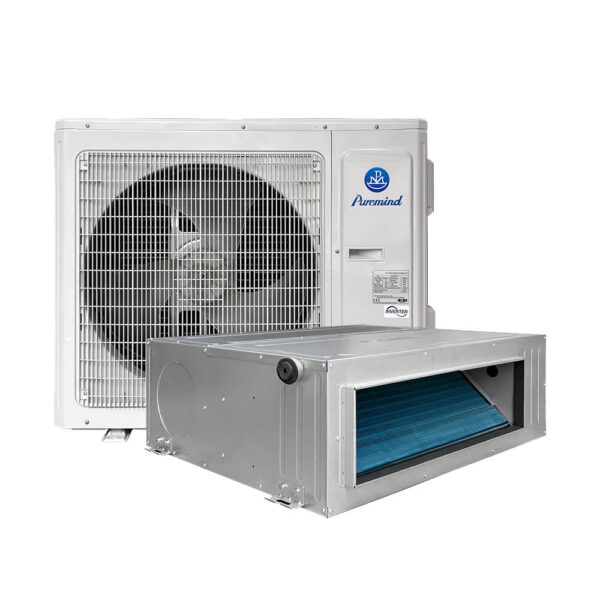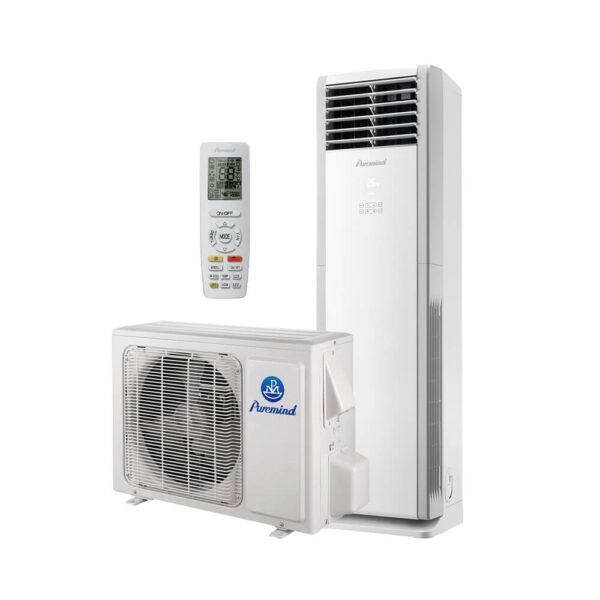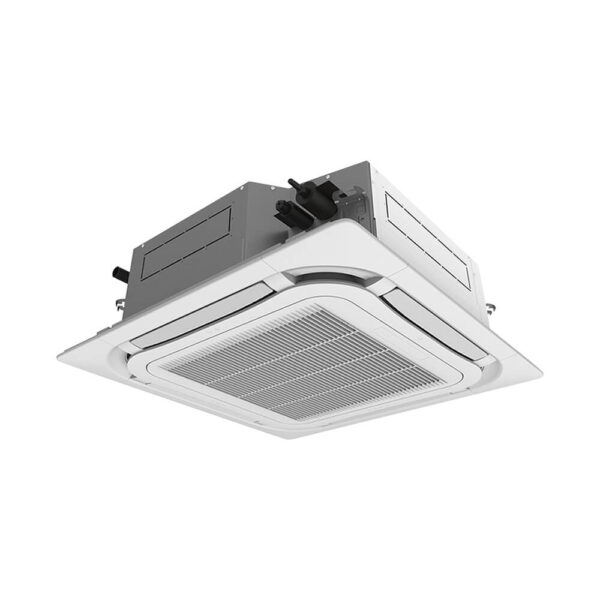HVAC Equipment Manufacturers: Global Leaders Driving Innovation and Efficiency
The HVAC (Heating, Ventilation, and Air Conditioning) industry is a cornerstone of modern comfort, safety, and energy efficiency. HVAC equipment manufacturers are the backbone of this sector, producing the systems that regulate indoor climates for homes, offices, factories, and public facilities. In this comprehensive guide, we explore the leading manufacturers, their innovations, and the trends shaping the future of HVAC technology.
1. The Role of HVAC Equipment Manufacturers
These manufacturers design, produce, and distribute heating and cooling systems that ensure thermal comfort, maintain indoor air quality, and meet energy efficiency standards. Their work impacts millions of buildings worldwide, influencing everything from health and productivity to environmental sustainability.
Key Responsibilities
- Research and development of advanced climate control technologies
- Compliance with environmental and safety regulations
- Large-scale production and global supply chain management
- Providing technical training and after-sales support
2. Top Global HVAC Equipment Manufacturers
Carrier Global Corporation
Founded in 1915, Carrier is considered a pioneer of air conditioning technology. It offers a full range of HVAC equipment for residential, commercial, and industrial use, emphasizing energy efficiency and eco-friendly refrigerants.
Daikin Industries Ltd.
Headquartered in Osaka, Japan, Daikin is one of the largest HVAC equipment manufacturers globally. It is known for inverter-driven systems, heat pumps, and sustainable refrigerant solutions.
Trane Technologies
Trane produces durable, high-efficiency heating and cooling solutions. Its systems are used in diverse environments, from office buildings to large-scale manufacturing plants.
Gree Electric Appliances
Based in Zhuhai, China, Gree is the world’s largest residential air conditioner manufacturer, offering a wide range of solutions including split air conditioners. Its strong R&D division develops innovative, competitive products for the global market.
Midea Group
Midea manufactures cost-effective and reliable HVAC systems for a wide variety of applications. It has a growing presence in both emerging and established markets.
Lennox International
Lennox is known for its high-performance HVAC systems, particularly in the residential and light commercial sectors in North America.
Mitsubishi Electric
Renowned for precision and quality, Mitsubishi Electric produces advanced VRF (Variable Refrigerant Flow) systems, ideal for large commercial projects.
3. Market Trends Shaping HVAC Equipment Manufacturers
- Energy Efficiency: Rising global energy costs are driving the demand for high-SEER (Seasonal Energy Efficiency Ratio) systems.
- Smart HVAC Systems: IoT integration for remote monitoring, predictive maintenance, and intelligent climate control.
- Eco-Friendly Refrigerants: Shift toward low-GWP (Global Warming Potential) refrigerants to meet environmental regulations.
- Customization: Tailored systems for specific industries and regional climates.
4. How Distributors Benefit from Working with Top HVAC Equipment Manufacturers
Partnering with leading HVAC brands offers numerous advantages for wholesalers, suppliers, and distributors:
- Access to trusted, high-quality products
- Enhanced market credibility and brand recognition
- Better margins due to established demand
- Reliable after-sales support and spare parts availability
5. Regional Leaders in the HVAC Equipment Market
While global giants dominate, regional manufacturers also play a crucial role in delivering market-specific solutions:
- North America: Carrier, Lennox, Trane
- Asia-Pacific: Daikin, Gree, Midea, Mitsubishi Electric
- Europe: Bosch Thermotechnology, Vaillant Group
6. The Future of HVAC Equipment Manufacturing
The industry is rapidly evolving, with a focus on sustainability, digitalization, and customization. Future developments will likely include AI-powered climate control systems, net-zero emission refrigerants, and greater integration with renewable energy sources.
Growth Drivers
- Urbanization and expanding infrastructure
- Global warming increasing cooling demands
- Stricter environmental legislation worldwide
Conclusion
HVAC equipment manufacturers are the driving force behind innovations that make buildings more comfortable, efficient, and environmentally responsible. For wholesalers, suppliers, and distributors, partnering with these leaders ensures access to advanced technology, competitive products, and long-term business growth.







